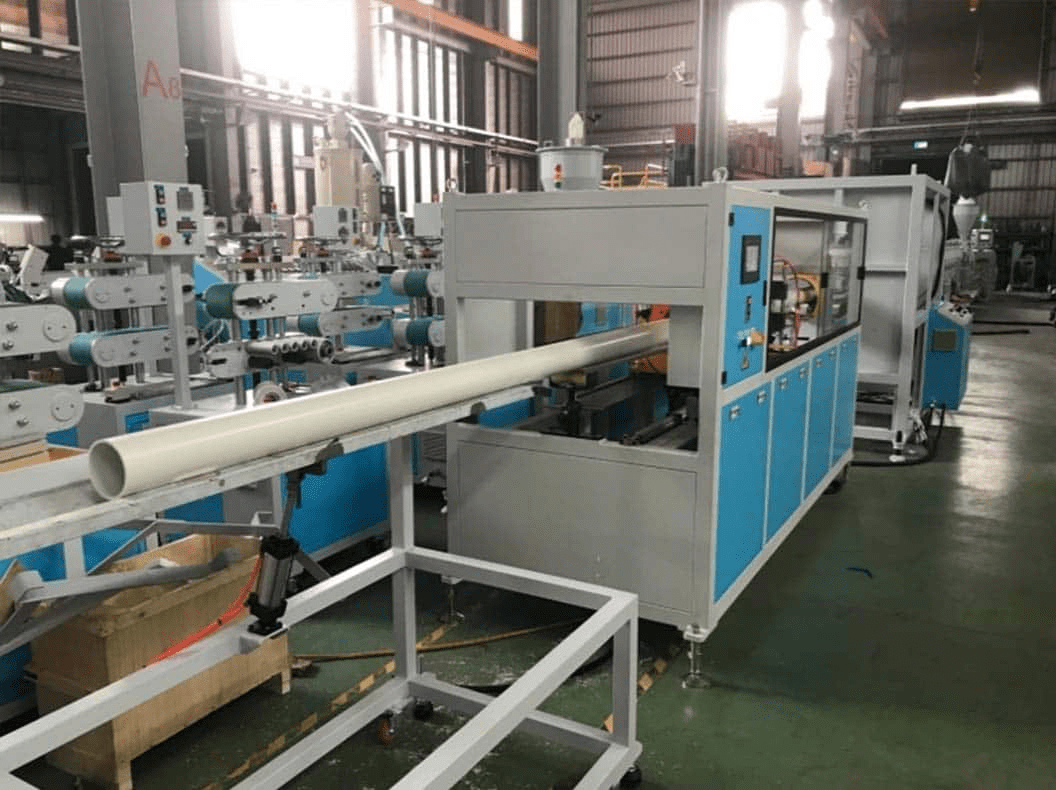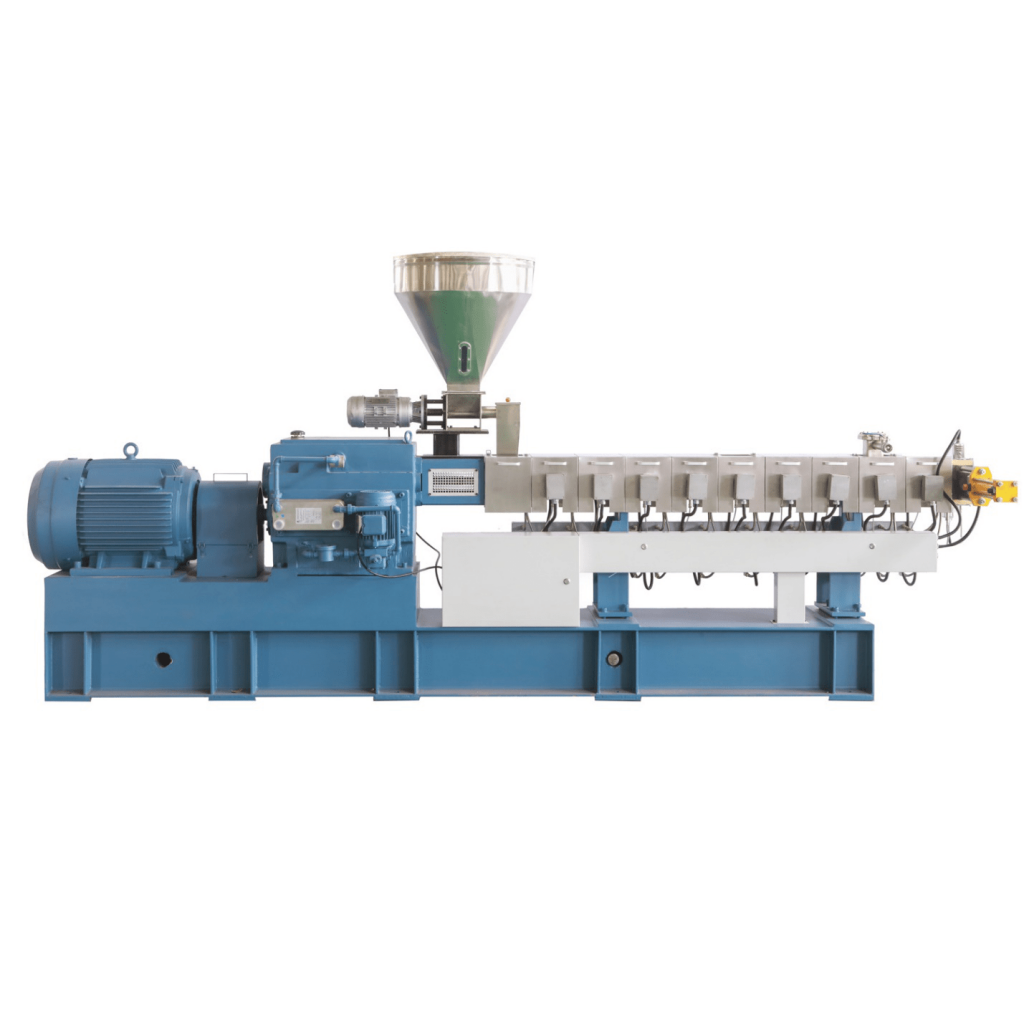Plastic Extrusion Manufacturer: An Introduction to Plastic Extrusion
2020-06-11Plastic Extrusion Manufacturer: A Basic Guide on Plastic Extrusion
Being a plastic extrusion manufacturer, we often come across questions like what is plastic extrusion? Is it useful? Are there any subcategories? We understand the concept might be alien for people outside the industry.
After all, it does involve some technicality. Thus, making it off-limits for people who do not have a taste for it. Nonetheless, having general knowledge is never bad. So, today, in our blog post we are going to focus on the basics of plastic extrusion.
By the end of the blog, you would be familiar with its basic idea, types as well as its advantages. So, without any further delay, we should get started!
Introduction to Plastic Extrusion
For starters, you need to know what plastic extrusion is. In the technical world, people define this concept as the transformation of solid plastic mass into usable products. The manufacturer would take the plastic mass and turn it into the desired shape.
It is possible to either use these shapes to create additional products, or you can use them as end-products. It all depends upon your requirement. We hope, you now get the basic idea regarding plastic extrusion.
Now, let's dig a little deeper.
There are three main plastic parts producing processes that incorporate plastic extrusion. These processes include blow molding, injection molding, and extrusion. Each process is important and different in its own way.
Extrusion
It is a continuous process. Something, which the other processes lack. In extrusion, you would continuously convert pellets, solid plastic mass, or powder into a melted form. You would also be pushing the melted form into a shape using a die.
The shape is the one that you want the plastic to attain eventually. However, it is not the final part. This shape does go through multiple other processes to achieve the respective results. Some of these operations include pipe, profile, cast film, blown, sheet, or pelletizing.
Below, we have listed the outputs from these processes.
You can turn plastic sheets into either food storage containers or drinking cups.
Plastic pipes that help in delivering water safely to your phone. You do not have to worry about lead contamination. In addition, these pipes do not clad the sides of your house, giving it a less pleasing overview.
For grocery bags, you would be using films. They not only increase the shelf life of the product but at the same time protect it from any sort of harmful contamination.
Every sub-process is different and one of a kind. It requires different downstream equipment, post extrusion, or dies in order to manufacturer the respective product. No matter, what type of process you use, all sub-processes do have one common component, the extruder.
The job of an Extruder
The main job of the extruder to turn the food stock or the solid plastic mass into a melted form. For this purpose, the plastic extrusion manufacturer tends to rely on two different extruding technologies. They can either go with the twin-screw technology or the single screw technology.
Single Screw Technology
Plastic extruding manufacturers around the globe prefer the single screw technology over the twin-screw one. It is most common in the industry. The great thing about this technology is that you can apply is to a wide range of polymer types.
In addition, the technology is applicable to almost all common extrusion processes.
Twin Screw Extruder Technology
Aan die ander kant het ons die dubbelskroef-ekstrudertegnologie. Dit is 'n meer gesofistikeerde vorm van tegnologie. Die vervaardigers verdeel die tegnologie verder in twee dele, die ko-roterende en kontra-roterende tegnologie.
Sit twee skroewe in die teenroterende extruder in. Hierdie skroewe draai in die teenoorgestelde rigting van mekaar en skakel ook in. Die saamdraaiende tweelingskroewe gebruik ook twee skroewe. Hierdie skroewe draai egter in dieselfde rigting en skakel ook in.
Ongeag die tipe tegnologie wat u gebruik, enkel of tweeling, hul hoofdoel is dieselfde. Hulle wil 'n massiewe plastiek in 'n smelt omskep. Albei hierdie tegnologieë gebruik effens verskillende meganismes om dieselfde doel te dien.
Opmerking: Die begin van die indringingsproses is die transformasieproses. Daarom moet u baie versigtig wees, want dit het 'n groot invloed op die hele proses.
Om die belangrikheid daarvan te beklemtoon, noem vervaardigers extruder as die hitte van die extrusieproses. Net so noem hulle die extrusieskroef as die hitte van die extruder. Die gebrek aan prestasie van 'n extruserskroef sal immers 'n nadelige uitwerking op die hele extrusieproses hê.
Die skroef moet op die optimale vlak werk sodat die extrusie 'n groot sukses kan word.
Plastic Extrusion Vervaardiger Kategorieë Extrusion soos hieronder
Ekstrusie van film / blad
This particular extrusion process uses a flat die to extrude the molten plastic material. In order to find the sheet or the film’s thickness, the process uses cooling rolls. These rolls are also helpful for determining the texture of the material’s surface.
It is possible to attain the sheet thickness between 0.2 to 15 mm. However, the thickness does depend upon your product or component requirement. It is possible to make a thin flat film or sheet. For effective results, plastic extrusion manufacturer recommends using polystyrene plastic as raw material.
Blown Film Extrusion
This process also uses a die, however, instead of flat the die is like a vertical cylinder. It also comes with a circular profile. A pair of nip rollers would pull the molten plastic from the die in an upward direction. To inflate the tubes, you would be using compressed air.
Moreover, there is an air ring installed around the die. The reason for the air-ring is to cool down the film as it moves upwards. To force the compressed air into the center of a circular profile, you will notice an air inlet.
This air inlet helps in creating a bubble. It is possible to increase the cross-section around two to three times the die diameter. To collapse the bubbles, you would be needing the collapsing plate. Later, the lay-flat comes into action for flatting the bubbles into double layer films.
Over Jacketing Extrusion
Another name for over jacketing extrusion is the wire coating process. From the center of the die, you will be pulling a bare wire. For coating over the wire, you can either use the jacketing or pressure tooling.
These two processes are different; however, they serve the same purpose. Nonetheless, we do recommend jacketing tooling if you require adhesion or intimate contact between coating and wire. In case of pressure tooling, you would retract the wire into the die.
It would then come in contact with the molten plastic. Do remember, that there needs to be a high pressure while the wire is coming in contact with molten plastic. On the other hand, for jacketing tooling, the die comes first, and then the molten plastic would cover the wire after it tends to extend.
U sou die kaal draad met die matrijs voer. Dit sal eers met die gesmelte plastiek in aanraking kom voordat dit binne die matrijs is. Die grootste verskil tussen hierdie prosesse is die draadposisionering ten opsigte van die matrijs.
Plastiese ekstrusie: Voordele
As daar twee of meer masjiene beskikbaar is om die enkele matrijs te voer, is dit moontlik om mede-ekstrusie te hê. Dit is baie effektief as die produk verskillende lae verskillende materiale benodig.
Met ko-ekstrusie kan u 'n boonste laag hoë-gehalte materiaal byvoeg om die produk 'n duur voorkoms te gee, terwyl u laekoste-materiaal onderaan gebruik om die algehele produkkoste te bespaar.
Dit is 'n goedkoper vervaardigingstegniek vir plastiek . Dit is moontlik om die produk se duursaamheid, eienskappe, brandweerstand, statiese, ensovoorts te verbeter deur verskillende bymiddels te gebruik.
With plastic extrusion, it is possible to achieve complex shapes with different textures, thickness, colors, etc. You can have access to numerous different shapes and colors, all because of the state-of-the-art technology.
The process is highly effective for producing shapes continuously.






